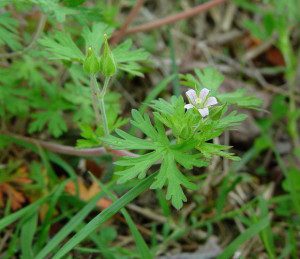Dandelion Wine and Coffee and Salad
Dandelions and I go back a long ways, some 62 years.
When I was young in Maine my mother would hand me a knife and a paper bag and send me out to find dandelions for supper, not only in your yard but in the pasture across the street. My step-father liked the bitter green so I picked them often. What is most interesting to me about collecting them is how things have changed since then.
First, it was a big sharp knife. How many mother’s trust their six-year olds with large, sharp knives now? Then I left the immediate area and went wandering around country fields alone. Those two things by themselves are now worth social services intervention, a trespassing charge, probably counseling, drug therapy and several local newspaper articles about the potential of child kidnapping. Then again, I was armed with a knife and always came home with a bagful of dandelions which brings up another point: The fields were not polluted and an abundance of wild edibles grew there. In fact, wild strawberries and checkerberries (wintergreen) grew in the same places in the spring. Heck, I was full of dessert before I came home for supper. There was also a large Hawthorn tree with three-inch thorns and edible fruit. I remember noticing how different species of birds liked to nest there. I inferred the thorns dissuaded would-be predators except perhaps for tree-climbing snakes.
One year, when I was round 15, I made dandelion wine (after I had made two batches of beer with cooking malt, potatoes, and soft bread yeast.) Bottled in returnable Cocoa-cola bottles tt was “dry” and perhaps an acquired taste but it went down easily enough and had a suitable kick. I remember a neighbor, one Mr. Bill Gowan, who dropped by one night, and downed a considerable amount, saying “that’s pretty good stuff” each time a new bottle was opened. Good thing he was walking. Dandelion wine is not living off the land but through dandelions I developed a kinship with plants as pets can help one have a kinship with animals.
What can be said here about dandelions that hasn’t been said in many other places? Well, how about they are pretty and free and on a windy day spreading their seeds is a fun moment whether child or not… Okay, okay… think of them as free chicory or escarole for your salad, a coffee substitute, wine flavoring, batter-dipped blossoms… a diuretic… Dandelion roots were eaten by man as long as 25,000 years ago. They were either hungry or liked the bitter flavor.
Dandelions also have a modern secret. You no doubt have seen “drones” proliferating the skies. In the future you might see miniature flying craft shaped like Dandelion fluff or maybe even large wind generators. It turns out that Dandelion fluff is aeronautically gifted. Each seed is attached to a tiny parasol that is comprised of fine bristles. Those bristles deflect the wind and create a vortex that induces lift. And you thought they were just passively floating around…
A native of Europe and Asia, the name of “Dandelion” in English came from the French, dent de lion, or “tooth of the lion” referring to the toothed leaves. Dandelion’s other names are related to keeping the urinary system functioning, which a 1994 study demonstrated. The French also called it pissenlit which lent itself to the English common name of Pissabed.
The botanical name is Taraxacum officinale (tar-AX-a-kum oh-fis-in-AY-lee.) Officianle means it was sold in state-designated Roman shops for food or medicine, now days the word is used for plants that had or have medicinal applications. As for Taraxacum, it has two possibilities. One is a name traceable through Arabic to the Persian word “tarashqum“, meaning ‘bitter herb.’ But since Latin is essentially a combination of hijacked Etruscan and bastardized Greek, it could also come from the Greek word “taraxi” to disturb, referring to its ability to get the water flowing again. That is in contrast with the latex sap of the Dandelion, which can be used as a glue, right from the stem. Modern Greeks call it Radiki (rah-DEE-kee) the same word the use for chicory.
And to stretch the vocabulary a little, Dandelions are also known as “ruderals.” That means they are among the first plants to shoot up after the ground has been disturbed. Of course, that’s up north. Here in Florida the delicate poke weed is the master ruderal. But that does bring up a point: Dandelions grow in Florida but they aren’t too common. They like cool weather and acidic soil. Florida is a hot limestone plate. Look for Dandelions near oaks and pines in cooler weather.
As for using Dandelions there are two recipes immediately below and then many more at the bottom of the page thanks to Rose Barlow. These recipes are for using only the yellow part of the flower, no green at all. All green pars are bitter.
Dandelion Wine
* 3 qts dandelion flowers
* 1 lb golden raisins
* 1 gallon water
* 3 lbs granulated sugar
* 2 lemons
* 1 orange
* yeast and nutrient
Pick fresh flowers, trim of stalk, if extra careful trim off all green. Put flowers in a large bowl. Set aside one pint of water, bring the rest of a gallon to a boil. Pour the boiling water over the dandelion flowers and cover tightly with plastic wrap. Leave for two days, stirring twice daily. Pour flowers and water in large pot and bring to a low boil. Add sugar and the peeling of the citrus (peel thinly and avoid any white pith.). Low boil for one hour, pour into fermenter. Add the juice and pulp of the citrus. Allow to cool. Add yeast and yeast nutrient, cover, and put in a warm place for three days. Strain and pour into secondary fermenter. Add raisins and fit fermentation lock. Strain and rack after wine clears, adding water to top up. Leave until fermentation stops completely, rack again. Two months later rack and bottle. Age six months to a year.
Dandelion Burgers from Forage Ahead
1 cup packed dandelion petals (no greens)
1 cup flour
1 egg
1/4 cup milk
1/2 cup chopped onions
1/4 tsp salt
1/2 tsp garlic powder
1/4 tsp each basil and oregano
1/8 tsp pepper
Mix all ingredients together. The batter will be goopy. Form into patties and pan fry in oil or butter, turning until crisp on both sides. Makes 4-5 very nutritious vegetable burgers. No, they don’t taste like hamburger, but they ain’t bad.
Dandelion Blossom Bread
2 cups flour
2 tsp baking powder
1/2 Teaspoon salt
1 cup dandelion blossoms, all green sepals and leaves removed
1/4 cup oil
4 Tablespoons honey
1 egg
1 1/2 cups milk
Combine dry ingredients in large bowl, including petals making sure to separate clumps of petals. In separate bowl mix together milk, honey, oil beaten egg. Add liquid to dry mix. Batter should be fairly wet and lumpy. Pour into buttered bread tin or muffin tin. Bake 400F. For muffins 20-25 min, bread for bread up to twice as long. Test for doneness
MORE DANDELION RECIPES, by Rose Barlow
Cream of Dandelion Soup
4 cups chopped dandelion leaves
2 cups dandelion flower petals
2 cups dandelion buds
1 Tbsp butter or olive oil
1 cup chopped wild leeks (or onions)
6 cloves garlic, minced
4 cups water
2 cups half-n-half or heavy cream
2 tsp salt
1. Gently boil dandelion leaves in 6 cups water. Pour off bitter water. Boil gently a second time, pour off bitter water.
2. In a heavy-bottom soup pot, sauté wild leeks and garlic in butter or olive oil until tender.
3. Add 4 cups water.
4. Add dandelion leaves, flower petals, buds, and salt.
5. Simmer gently 45 minutes or so.
6. Add cream and simmer a few minutes more.
Garnish with flower petals.
Pumpkin-Dandelion Soup
Prepare in advance:
1 large handful Dandelion greens:
Chop leaves into bite-sized pieces. Cook in boiling water until tender. Pour off water and taste. If they seem too bitter for your taste, boil again and strain.
1 small pumpkin:
Bake whole pumpkin on baking sheet at 350° for 1 hour or until completely soft, so that you can put a fork or knife easily through it. Let cool. Cut in half and discard seeds. Rind will peel easily.
1 medium to large onion, chopped
6 cloves garlic, minced
2 Tbsp. butter or olive oil
6 cups water
4 cups mashed pumpkin, prepared as above
1 cup heavy cream
½ tsp nutmeg
1½ tsp salt
1. Sauté onion and garlic in oil or butter in a heavy-bottomed soup pot.
2. Add 6 cups water
3. Add dandelion greens and pureed pumpkin to soup. Stir well.
4. Add salt. Cook at a gentle simmer for 30 minutes.
5. Just before serving add 1 cup heavy cream and ½ tsp nutmeg.
Dandelion Egg Salad
4 hard-boiled eggs
2/3 cup dandelion greens, chopped and cooked
1 tsp horseradish
1 Tbsp fresh chives
½ cup mayonnaise
1. Chop eggs coarsely.
2. Add Dandelion greens, chives, and horseradish. Mix gently.
3. Add mayonnaise and mix just enough to coat ingredients.
Dandelion Pasta Salad
3 cups cooked pasta
1½ cups diced tomatoes, drained
1 cup dandelion greens, pre-cooked
2 wild leeks, minced, greens and all or 2 Tbsp minced onions
8 olives, sliced
2 Tbsp vinegar
1 Tbsp olive oil
½ tsp salt
Split Pea-Dandelion Bud Soup
1 cup split peas
1 tsp salt
6 cups water
1. Simmer split peas for 1½ to 2 hours until done.
2. Sauté in 2 Tbsp butter:
½ cup onions, chopped
4-5 cloves garlic, minced
½ cup celery, sliced thin
2 cups dandelion buds
½ tsp basil
½ tsp sage
½ tsp savory
3. Add the sauté to split pea broth.
4. Simmer slowly ½ hour or so.
5. Just before serving add:
1 cup milk
1-2 cups cubed cheese
Garnish with dandelion blossom petals and this hearty soup is fit for the finest table!
Dandelion Blossom Syrup
This is a traditional recipe passed down from the old world Europeans. I use it as a substitute for honey in any recipe that I’m trying to make wild.
1 quart dandelion flowers
1 quart (4 cups) water
4 cups sugar
½ lemon or orange (organic if possible) chopped, peel and all
Note: The citrus is optional, it will give the syrup an orangey or lemony flavor. If you want the pure dandelion flavor, you can skip the citrus. I make it both ways each year.
1. Put blossoms and water in a pot.
2. Bring just to a boil, turn off heat, cover, and let sit overnight.
3. The next day, strain and press liquid out of spent flowers.
4. Add sugar and sliced citrus and heat slowly, stirring now and again, for several hours or until reduced to a thick, honey-like syrup.
5. Can in half-pint or 1 pint jars.
This recipe makes a little more than 1 pint. I usually triple or quadruple this, and I make more than one batch when the blossoms are in season to have enough for the year. The syrup makes great Christmas presents, so make plenty!
Dandelion Baklava (as a Greek purist I must object, but try the delicious recipe anyway.)
This recipe involves using fillo leaves, which are extremely thin sheets of pastry dough, usually sold frozen in long thin boxes. Fillo can be fussy to work with but the results are so worth it! It’s actually a lot more forgiving than it seems, so don’t be afraid to try it!
1/2 box fillo leaves
1 stick butter
2 cups finely chopped hickory nuts (try walnuts or pecans)
1 tsp sugar
1/2 tsp cinnamon
1/2 tsp nutmeg
3/4 cup Dandelion Blossom syrup
1. Combine nuts with sugar and spices
2. Melt butter
3. Layer 8 sheets fillo into a buttered 9×13 pan, brushing every other sheet with butter using a pastry brush.
4. Sprinkle evenly with 1/2 of the nut mixture.
5. Layer 8 more sheets. Sprinkle the rest of the nut mixture.
6. Layer the rest of the fillo sheets, brush the top layer generously with butter.
7. Cut carefully into 30 squares (6×5) with a sharp knife before baking.
8. Bake at 375 for about one-half hour. when slightly browned, remove from oven.
9. Pour room temperature Dandelion Blossom syrup over the hot baklava, while it is still piping hot.
Note: Fillo leaves used to come with two packages per box, sized for 9×13 pans. Lately it’s been all in one package and sized much bigger, so it is necessary to cut the stack of leaves in half before beginning. Half-sheets fit the 9×13 pans nicely.
Dandelion Blossom Cake
2 cups flour
2 tsp baking powder
1½ tsp baking soda
1 tsp cinnamon
1 tsp salt
1 cup sugar
1 cup Dandelion Blossom Syrup
1½ cups oil
4 eggs
2 cups Dandelion blossom petals
1 can crushed pineapple
½ cup walnuts
½ cup coconut
1. Sift together dry ingredients.
2. In separate bowl, beat sugar, dandelion syrup, oil and eggs together until creamy.
3. Add pineapple, walnuts, and coconut, and mix well.
4. Stir dry ingredients into the mixture until well blended.
5. Pour batter into a greased, 9×13 cake pan and bake at 350° for about 40 minutes.
Frosting
1 8-oz package cream cheese, room temperature
1 cup powdered sugar
1 or 2 Tbsp milk
Dandelion Blossom Pancakes
1 cup white flour
1 cup cornmeal
1 tsp salt
2 tsp baking powder
2 eggs
¼ cup oil
½ cup Dandelion Blossom syrup or honey
2 cups milk
1 cup Dandelion blossom petals
1. Mix dry ingredients first.
2. Add wet ingredients and mix together thoroughly (Note: the secret of keeping pancake batter from getting lumpy is to be sure to add all the wet ingredients before mixing.)
3. Adjust consistency by adding a little more milk or a little more flour if it’s too thick or thin. Pancake batter should be thin enough to pour, but not runny.
4. Cook on oiled grill.
5. Top with butter and Dandelion Blossom syrup.
Dandelion Cornbread
1 cup cornmeal
1 cup white flour
2 tsp baking powder
¾ tsp baking soda
1 tsp salt
2 large eggs
½ cup Dandelion Blossom syrup (or honey)
¼ cup oil or butter
1 cup milk (buttermilk is best!)
1 cup Dandelion blossom petals
1. Mix dry ingredients together.
2. Add all the rest of the ingredients and blend until smooth.
3. Pour batter into a 9×9 pan, or 10-inch cast iron frying pan.
4. Bake at 375° for 25 minutes.
5. Serve hot with butter and Dandelion Blossom syrup.
Dandelion Mustard
Homemade mustard is incredibly easy to make and endless in variations and possibilities. Making them “wild” involves preparing an herbal vinegar ahead of time, and in the case of Dandelion Mustard, I also use Dandelion Blossom Syrup and fresh greens.
1 cup yellow mustard seeds (whole)
1 1/4 cups Dandelion vinegar
1/2 cup Dandelion Blossom syrup
1 cup pureed fresh Dandelion greens
3 cloves garlic, minced
3/4 tsp salt
1. Soak the mustard seeds in the Dandelion vinegar for several hours or overnight.
2. Add the rest of the ingredients.
3. Let it all sit together in a covered container for several days to mellow.
4. Put in small jars (1/4 pints work nicely).
Note: Mustard keeps well in the fridge for many months or you can can it in a boiling water bath for 10 minutes to seal.
Dandelion Vinaigrette
This recipe involves having some pre-made Dandelion products but it is delicious beyond belief and is guaranteed to convict any skeptic about the culinary virtues of Dandelion.
1 1/2 cup olive oil
3/4 cup Dandelion vinegar
4 cloves garlic
1/2 tsp salt
2 Tbsp Dandelion Mustard (or Dijon)
3 Tbsp Dandelion Blossom syrup
2 cups fresh, chopped Dandelion greens
Whiz everything together in a blender or food processor.
Dandelion Chai
Chai is a Middle Eastern word that means “tea” but here in America we’ve adapted the term to mean a very spicy tea made with milk and sweetener.
1 cup roasted Dandelion root
6 Tbsp Fennel or Anise seed
36 green Cardamom pods
72 Cloves
6 Cinnamon sticks
2 Tbsp dried Ginger root
1½ tsp black peppercorns
12 Bay leaves
1. Add 1 Tbsp tea mixture for each cup of water.
2. Simmer 5 minutes, then let steep for 10 minutes.
3. Add 1 Tbsp honey or brown sugar (or dandelion syrup) per cup.
4. Add 2 Tbsp milk or cream per cup.
5. Gently reheat and serve.
Dandelion Chai 2
This chai is not as spicy as the first recipe but actually has a more ‘chocolatey’ flavor, kind of like an herbal hot chocolate.
2 cups roasted Dandelion root
½ cup Cinnamon bark
½ cup Ginger root
½ cup Cardamom seeds
½ cup Star Anise
Honey
Milk
1. Use 3 Tbsp per 2 cups water. Simmer gently 10 minutes.
2. Add 1 cup milk and 1 Tbsp honey and heat through but don’t boil.
Serve hot or iced.
Warm Winter Spice Tea
1 cup roasted Dandelion root
½ cup dried Orange Peel
½ cup Cinnamon bark
¼ cup dried Ginger root
Use 1 Tbsp per cup water. Simmer gently 10-15 minutes. Sweeten with honey, if desired.
Roasted Dandelion Root Coffee Ice Cream
Here’s a recipe for the really adventurous from the Herbfarm :
2 ½ cups heavy cream
1 ½ cups half-and-half
1 ¼ cups sugar
5 egg yolks
1. Grind Roasted Dandelion Roots roasted Dandelion roots into a powder using a coffee mill and sifter.
2. Place cream, half-and-half and sugar in a medium pot (double boiler might be best, or perhaps a crock pot). Bring it just barely to a simmer, stirring to dissolve the sugar.
3. Add Roasted Dandelion Root powder. Maintain heat at a bare simmer, be sure not to boil.
4. Let the roots steep this way for 45 minutes.
5. Strain out and discard root material.
6. Whisk up egg yolks in another pot. Gradually add the warm Dandelion Root cream.
7. Heat gently and stir until sauce thickens enough to coat the back of a spoon.
8. Strain one more time and chill.
9. Freeze in an ice cream machine according to directions.
Dandelion and burdock beer
1 lb Young nettles
4 oz. Dandelion leaves
4 oz. Burdock root, fresh, sliced
-OR-
2 oz. Dried burdock root, sliced
1/2 oz. Ginger root, bruised
2 each Lemons
1 g water
1 lb +4 t. soft brown sugar
1 oz. Cream of tartar
Brewing yeast ( see the manufacturer’s instructions for amount)
Dandelion and burdock beer preparation:
1. Put the nettles, dandelion leaves, burdock, ginger and thinly pared rinds of the lemons into a large pan. Add the water.
2. Bring to a boil and simmer for 30 mins.
3. Put the lemon juice from the lemons,1 lb. sugar and cream of tartar into a large container and pour in the liquid thru a strainer, pressing down well on the nettles and other ingredients.
4. Stir to dissolve the sugar.
5. Cool to room temperature.
6. Sprinkle in the yeast.
7. Cover the beer and leave it to ferment in a warm place for 3 days.
8. Pour off the beer and bottle it, adding t. sugar per pint.
9. Leave the bottles undisturbed until the beer is clear-about 1 week.
Dandelion Soft Drink
This recipe will make a strong syrup which will then need to be watered down with soda 1:4. Heat 1.5 litres of water in a pan, when boiling add:
* 2 teaspoons fine ground dandelion root (Might need a mortar & pestle)
* 1.5 teaspoons fine ground burdock root (Might need a mortar & pestle)
* 5x 50p sized slices of root ginger
* 1 1/2 star anise
* 1 teaspoon of citric acid
* Zest of an orange
Leave that little lot to simmer for 15-20 minutes, it will smell a lot like a health food shop, then strain through a tea towel, muslin isn’t really fine enough. Whilst the liquid is still hot you need to dissolve about 750g sugar. If you prefer is sweeter or ‘not-sweeter’ adjust the sugar. If you’re finding the drink a bit flavourless simply add more sugar, it accentuates the flavours of the roots and anise.
In the summer I mix it with plenty of ice and stir through borage flowers for the ultimate English soft drink! Enjoy.
Dandelion Salad (added 2023) by Jacque Pepin
A few fillets of anchovies and their oil (can substitute smoked herring) , garlic, french mustard, salt, pepper, red wine vinegar, olive oil, bacon or pancetta fat, mix well, for garnish used boiled eggs, roasted croutons, and the bacon. Does not wil quickly and can be kept for several days. Also works well with cabbage salad.
Green Deane’s “Itemized” Plant Profile
IDENTIFICATION: In the aster family, leaves are up to a foot long, always growing rosette at the base. Deeply indented leaves, like large saw teeth, the familiar flower is made of hundreds of little rays and turns into the well -known power puff. There are no poisonous look alikes, but some similar ones can be bitter and not tasty.
TIME OF YEAR: February and March in Florida, later in the spring and summer in northern climes
ENVIRONMENT: Lawns, meadows, fields, disturbed areas.
METHOD OF PREPARATION: Bitter young greens in salads, slightly older leaves as a potherb, root boiled or roasted, blossoms — yellow parts only — as a flavoring for wine. Flowers dipped in batter fried (no green parts.) When you cook the leaves drop them into boiling water. They will taste better than if you warm them up in cold water. Best salad use is with cooked, cooled greens. Incidentally, the root can be roasted or boiled like a vegetable and eaten that way. It is bitter but edible. Dandelion roots were eaten by man as long as 25,000

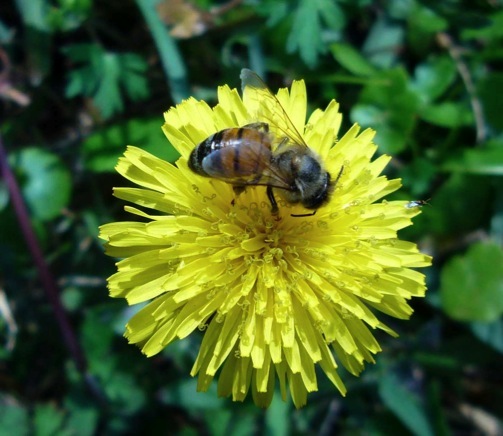
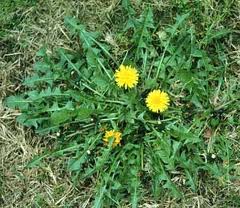
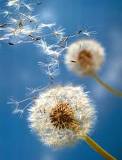
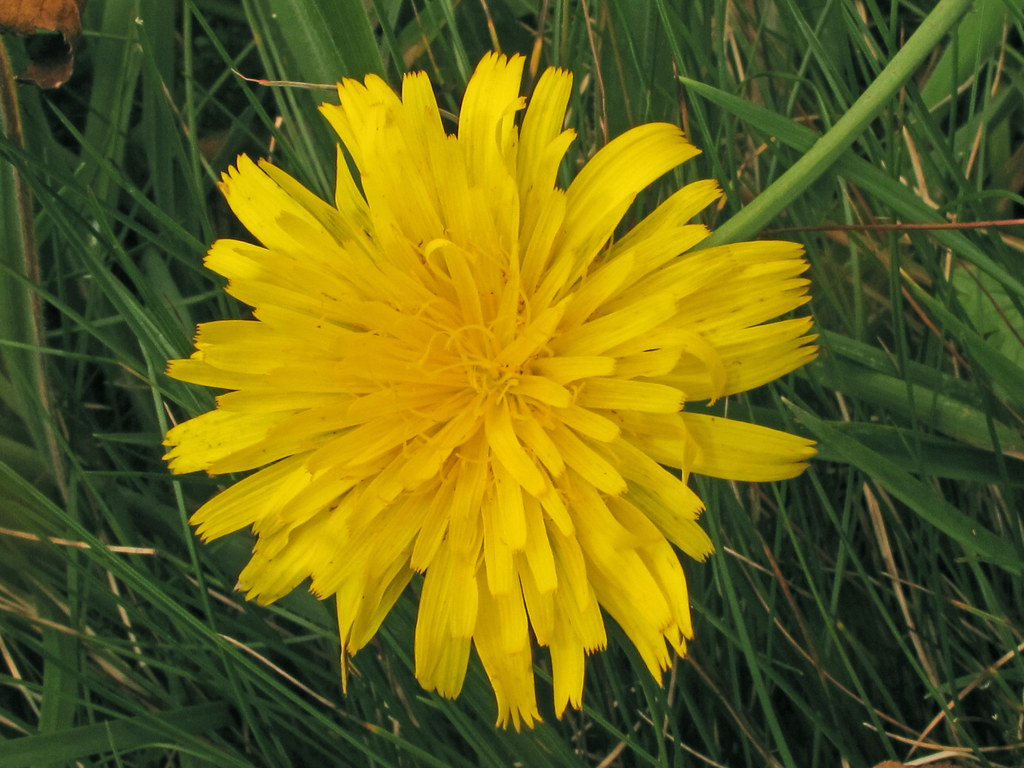

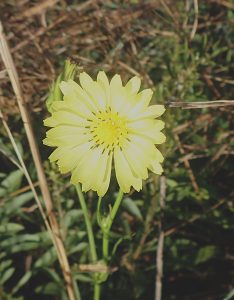
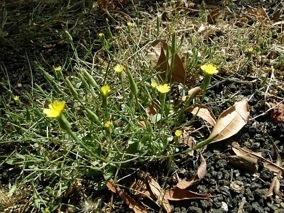
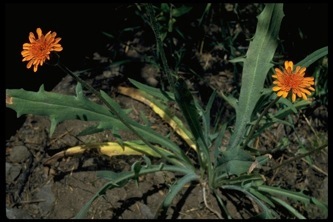
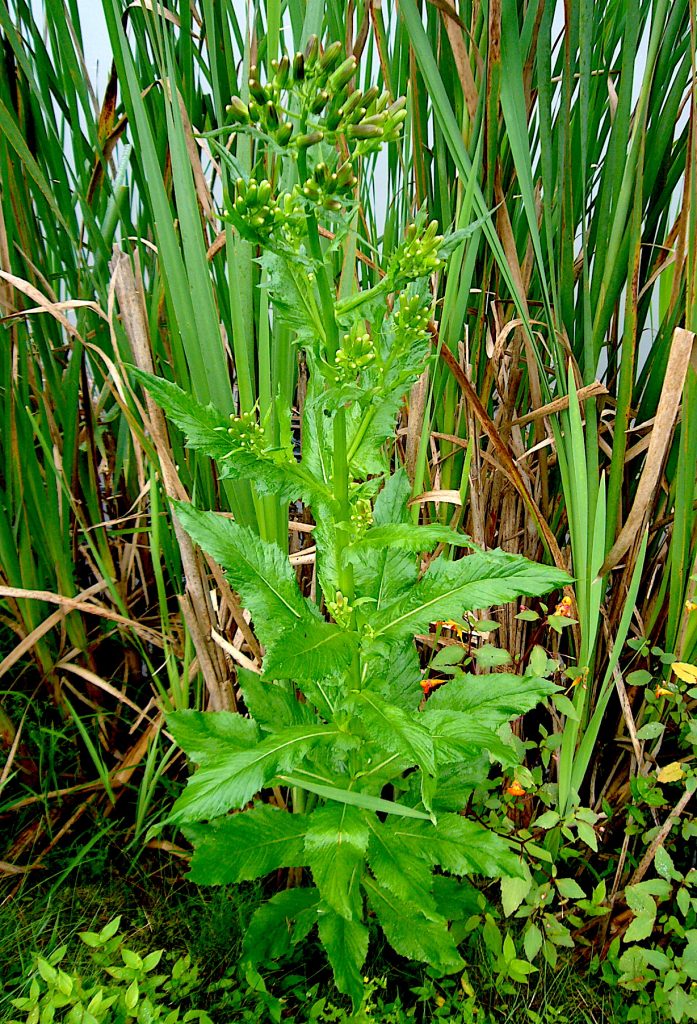
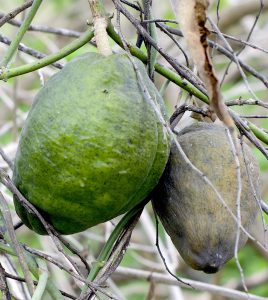

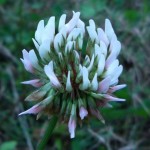
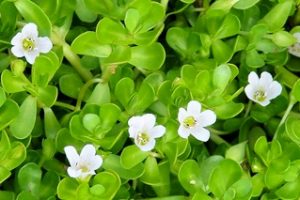


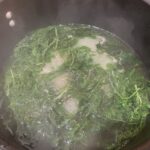
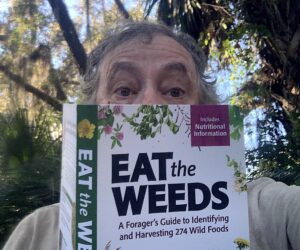
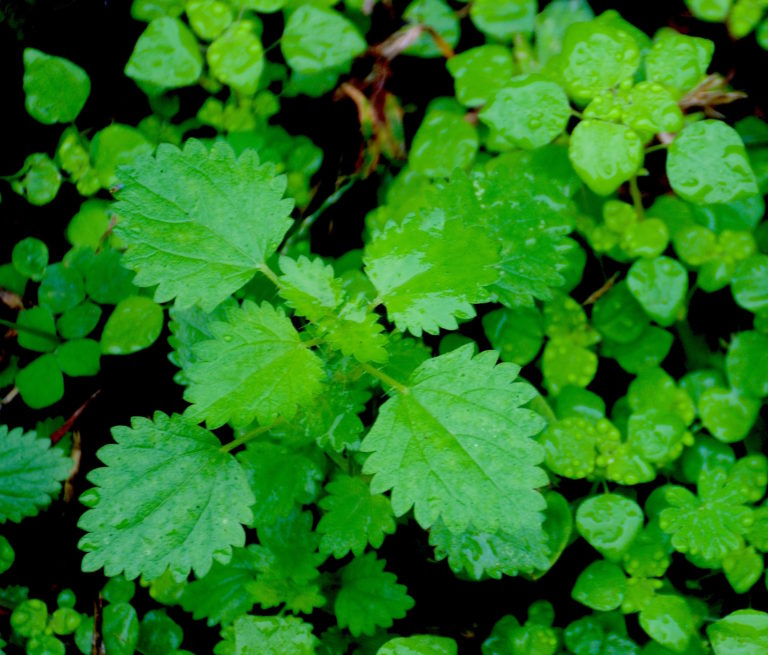
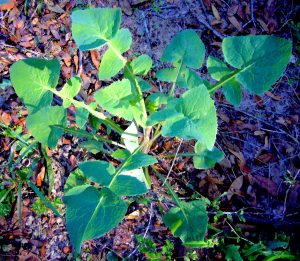
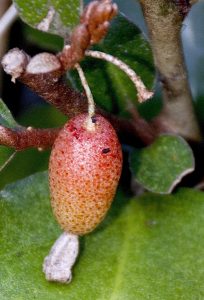
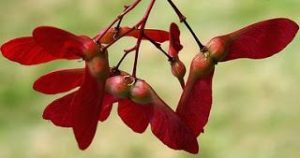
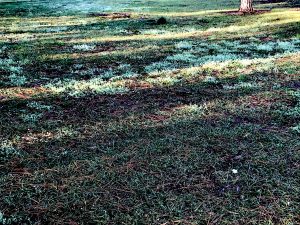

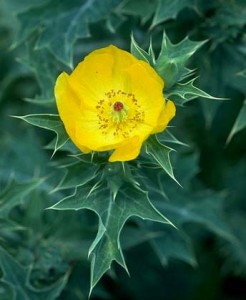
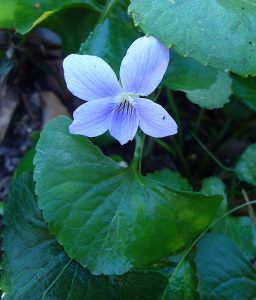
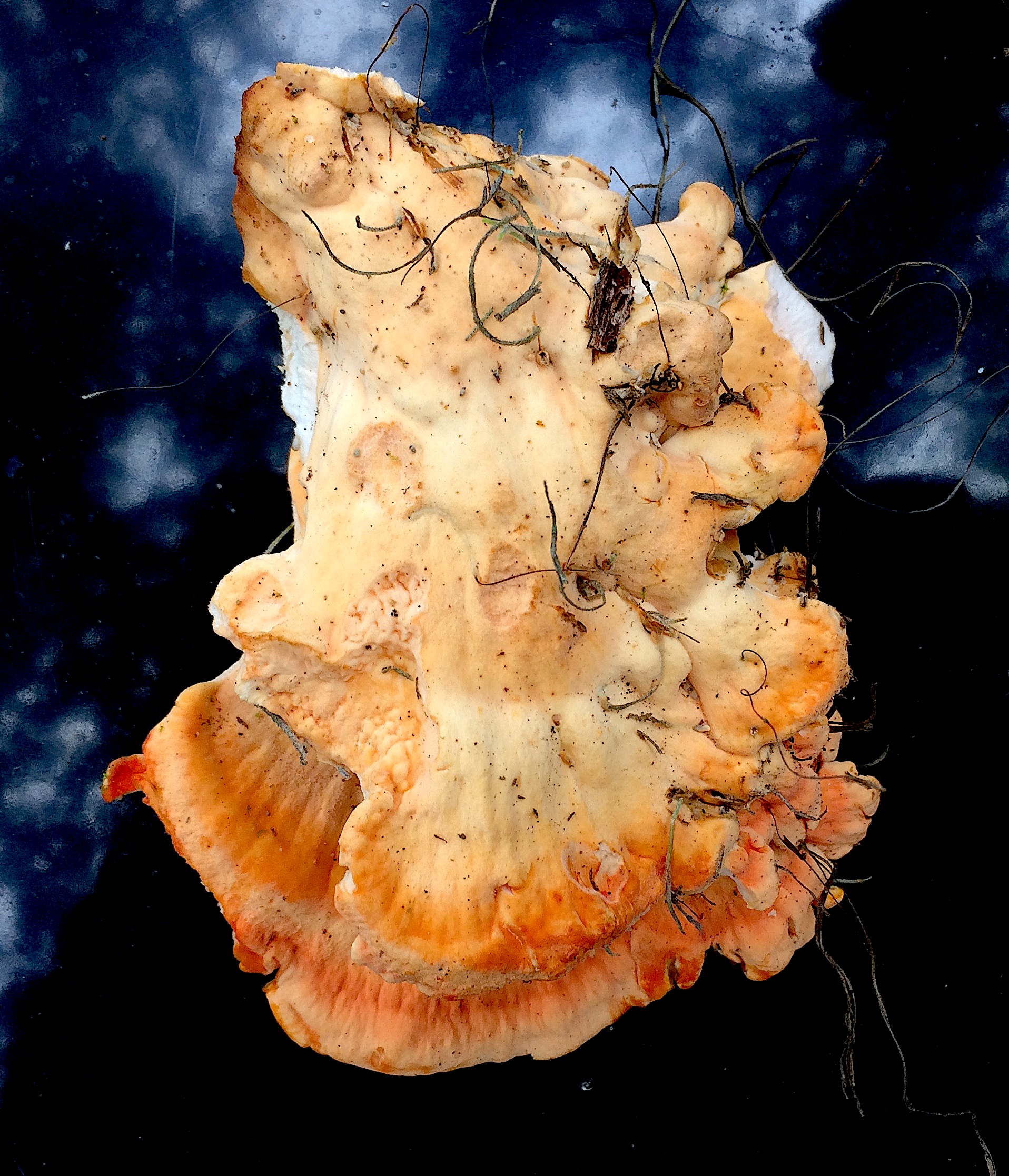
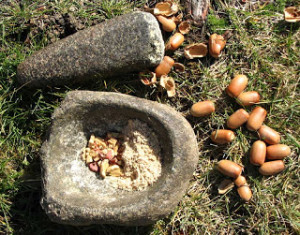

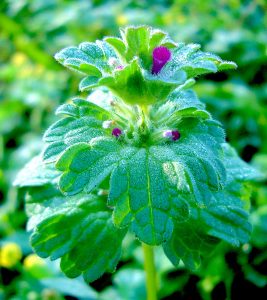
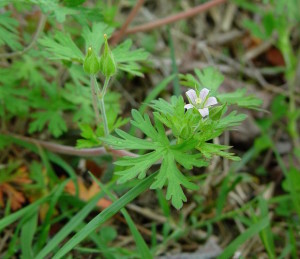
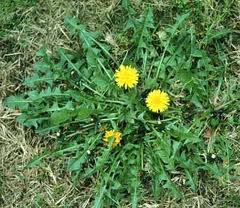
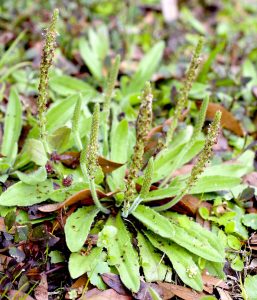
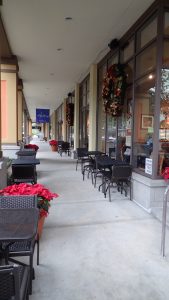

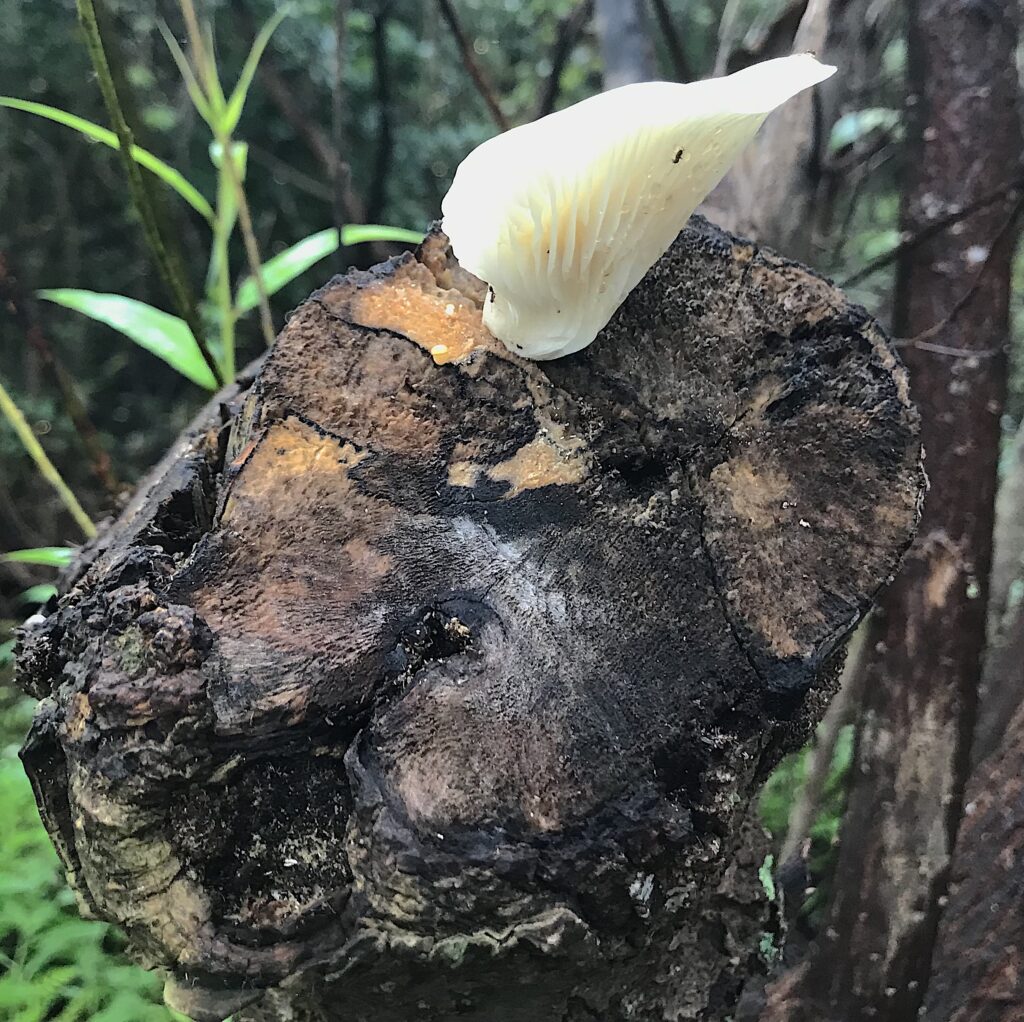
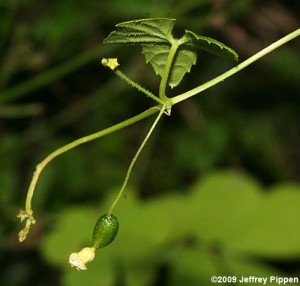

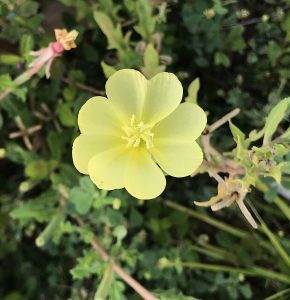
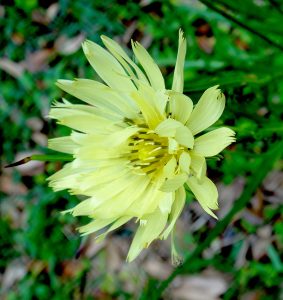
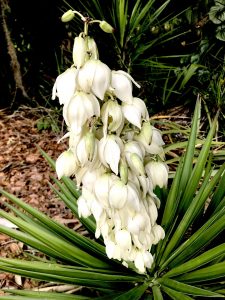
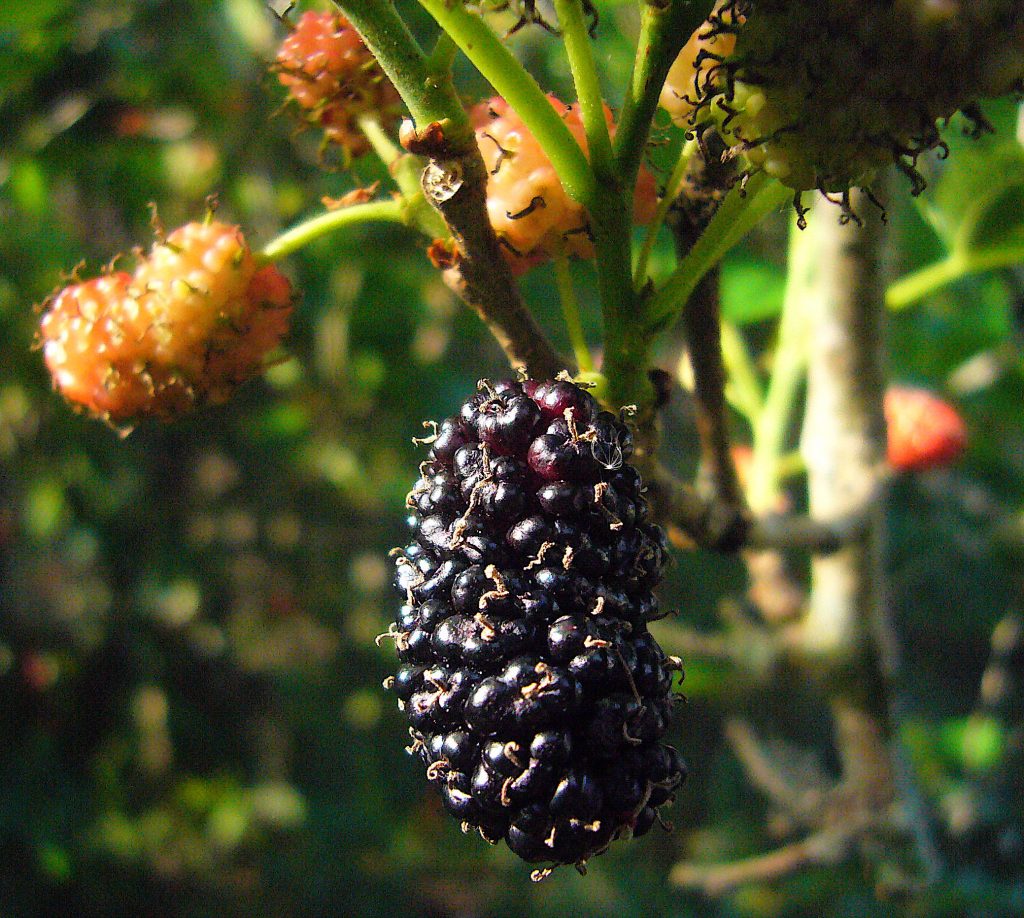
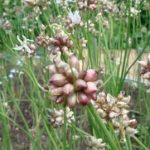
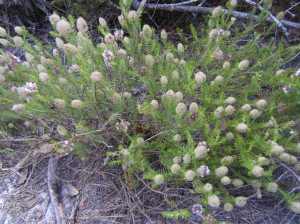
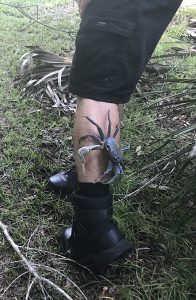
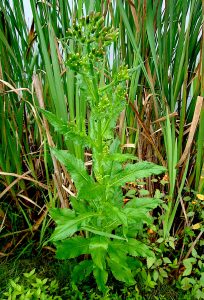
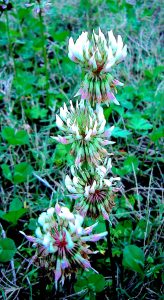
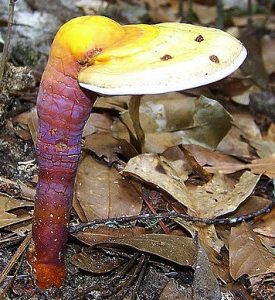


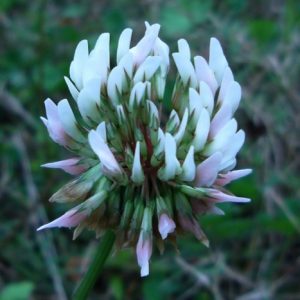
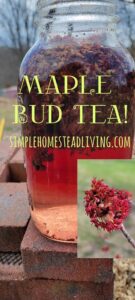
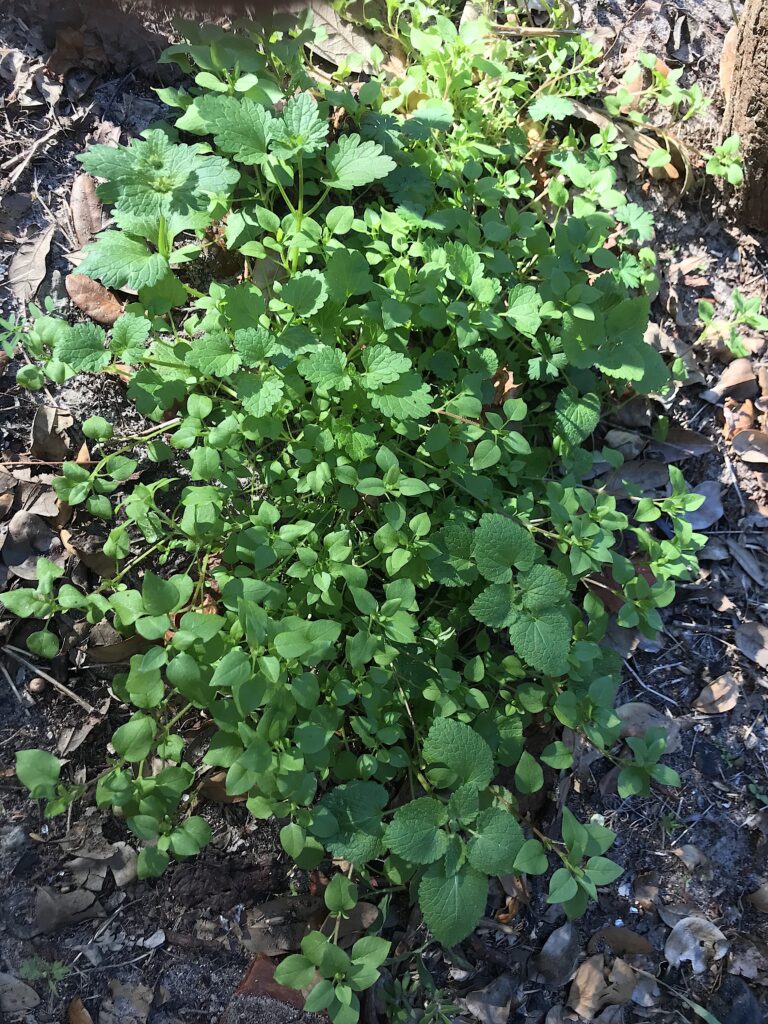
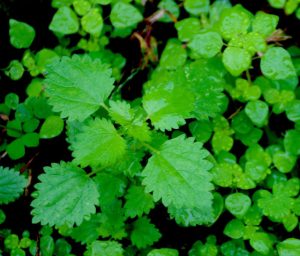


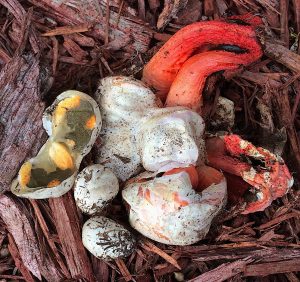

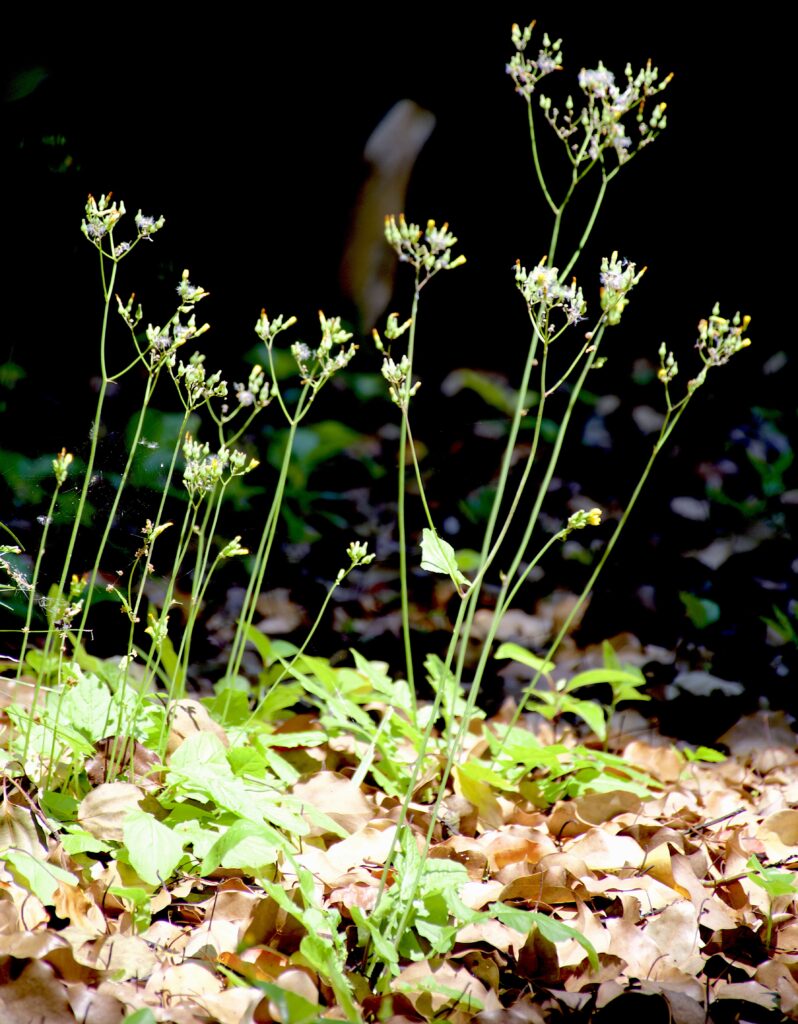
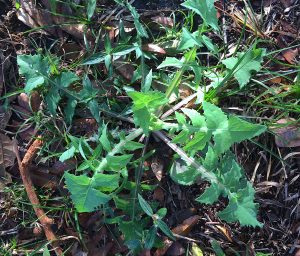
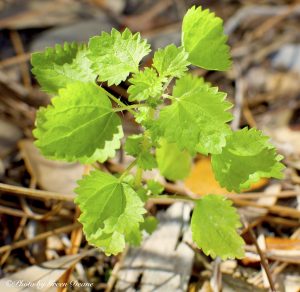

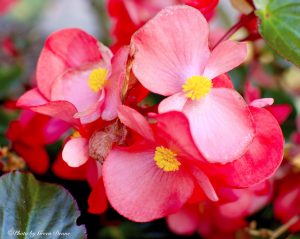 This might be a good time to mention that Begonias are edible. We saw some this weekend at my foraging class. Unfortunately a rather popular book some 30 years ago said they are not edible. I actually spoke with the author once and she told me in subsequent editions that mistake would be changed but the book never went into second edition. Thus the mistake can be found on the internet. Begonias are not only the favorite of growers (and cemetery pots) they are naturalized locally. I see them often in damp spots such as stream banks or drainage ditches. The leaves are edible as well as the blossoms. They can be prepared in a variety of ways and the juice is also a vegetarian rennet. My favorite are wax begonias (and the flavor can vary with their color.) You can read about them
This might be a good time to mention that Begonias are edible. We saw some this weekend at my foraging class. Unfortunately a rather popular book some 30 years ago said they are not edible. I actually spoke with the author once and she told me in subsequent editions that mistake would be changed but the book never went into second edition. Thus the mistake can be found on the internet. Begonias are not only the favorite of growers (and cemetery pots) they are naturalized locally. I see them often in damp spots such as stream banks or drainage ditches. The leaves are edible as well as the blossoms. They can be prepared in a variety of ways and the juice is also a vegetarian rennet. My favorite are wax begonias (and the flavor can vary with their color.) You can read about them 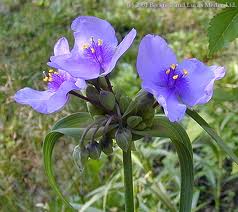 Spiderworts got me in trouble once. I let them cover my entire lawn in suburbia. That prompted a visit from Lawn Enforcement Officers. I was cited in writing for having an unkept lawn which meant covered with weeds (that they were pretty, native “weeds” was deemed irrelevant.) As I thought the citation wrong I read the pertinent law. It said a weed was a plant unintentionally over 18 inches high. Problem solved. My spiderworts were intentionally over 18-inches high. I watered and fertilized them. Consequently I beat the rap. And while Spiderworts favor the spring you can find them blossoming now here and there. Spiderworts are quite edible, at least all the parts above ground. They can be consumed raw, cooked or fermented. While this is not too descriptive they taste “green” to me, not distinctive but pleasant. Spiderworts have a history, by the way, being connected to John Smith of Pocahontas fame. You can read about them
Spiderworts got me in trouble once. I let them cover my entire lawn in suburbia. That prompted a visit from Lawn Enforcement Officers. I was cited in writing for having an unkept lawn which meant covered with weeds (that they were pretty, native “weeds” was deemed irrelevant.) As I thought the citation wrong I read the pertinent law. It said a weed was a plant unintentionally over 18 inches high. Problem solved. My spiderworts were intentionally over 18-inches high. I watered and fertilized them. Consequently I beat the rap. And while Spiderworts favor the spring you can find them blossoming now here and there. Spiderworts are quite edible, at least all the parts above ground. They can be consumed raw, cooked or fermented. While this is not too descriptive they taste “green” to me, not distinctive but pleasant. Spiderworts have a history, by the way, being connected to John Smith of Pocahontas fame. You can read about them 